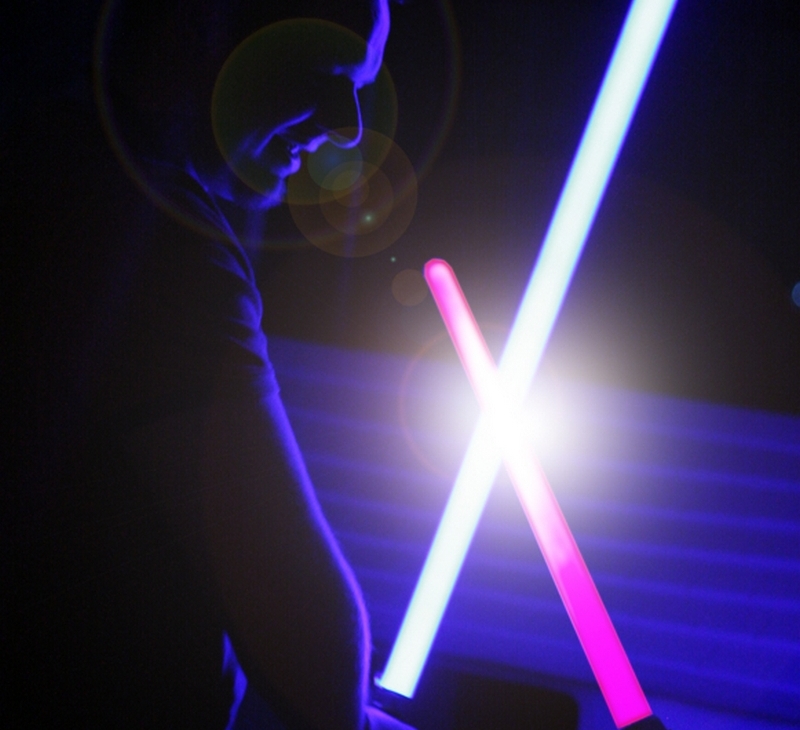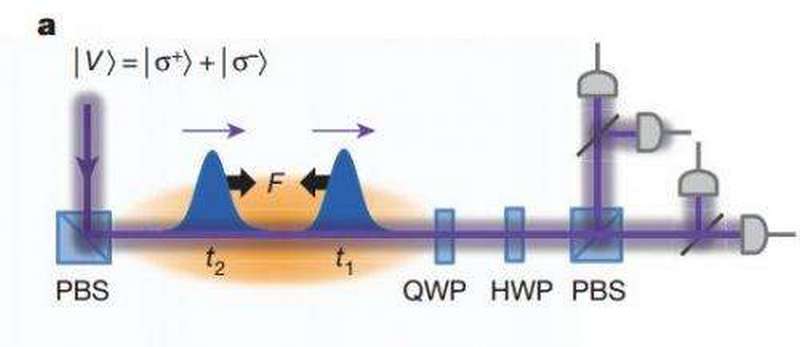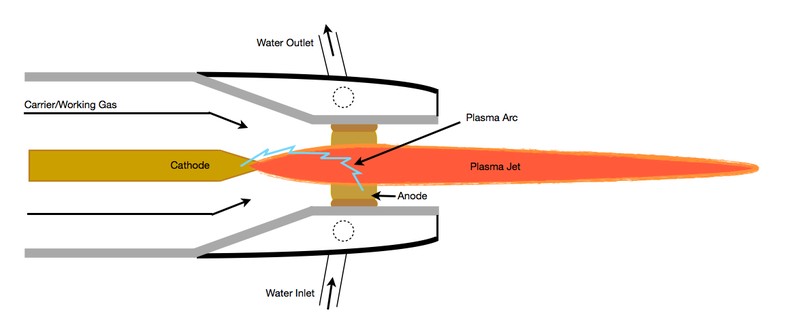Can We Really Build Real Lightsabers? MIT and Harvard Reportedly Made One
With the upcoming release of the newest Star Wars movie, Star Wars: The Force Awakens, interest in Star Wars tech has similarly reawakened. The single most popular question persists: can we really build real lightsabers? Many of the tech featured on Star Wars are believed to already have their real world counterparts but the tech that never fails to fascinate Star Wars fans and technology enthusiasts is still the lightsaber. Can it really become a real device? Is it a sensible or viable technology? How far are we from building a real version of it?
The MIT-Harvard Lightsaber
Back in 2013, the Harvard-MIT Center for Ultracold Atoms reportedly created a new form of matter that could become the base material for the development of real life lightsabers. It’s a never-before-seen form of matter created by coaxing photons into binding together to form molecules. That photons are both a wave and particle is something everybody is already expected to know. However, scientists have not thoroughly exploited the particle nature of photons. For the longest time, photons have been thought of as massless particles that can’t interact with each other and are incapable of hitting or binding with each other. It’s just like how laser beams don’t result in any collision no matter how they precisely are aligned.
According to Harvard Physics Professor Mikhail Lukin, one of the researchers involved in the project, photonic molecules behave in a way not comparable to how traditional photons behave. Lukin says that they created a special kind of medium in which light particles interact strongly that they start acting as if they have mass. This means that photos lump together to make up molecules. This idea had been discussed for some time but it had remained theoretical until Lukin and his team came up with something observable. Lukin thinks that “it’s not in-apt analogy to compare this to lightsabers.”
To achieve this interaction of light photons, the researchers pumped rubidium atoms into a vacuum container. They then subjected the cloud of rubidium atoms to laser cooling to bring their temperature to a few degrees above absolute zero. After which, they used extremely weak laser pulses to fire single photons into the cloud of atoms. What they observed was that the photons slowed down (as expected, as they were made to pass through a supercooled medium) and demonstrated the effect called “Rydberg blockade.”
Rydberg blockade states that when an atom is excited, atoms around it cannot be excited to the same degree. In the study, the photons that entered the cloud of supercooled rubidium atoms must excite each atom but can’t do it simultaneously. As such, the first photon excites an atom and quickly moves forward before the other photon can excite nearby atoms. Throughout the process of passing through the supercooled rubidium atom cloud, the photons must hand off energy from one atom to the next. This results in the two photons pushing and pulling each other.
Basically, this means that photonic interaction is enabled with the help of (rubidium) atomic interaction. Eventually, the photons started behaving like a molecule.
Okay, this is already getting quite long and you must be wondering now where’s the light saber. Well, sadly, there is none. The Harvard-MIT Center for Ultracold Atoms did not create a lightsaber you must be imagining now. Instead, what they created was the possibility of making photons bind together and not act like light beams that project into infinity. With this binding effect, it may now be possible to limit the light beam up to a certain length to create a sword. Problem is, the amalgamated photons are unlikely to be powerful enough to cut into things. Also, there’s still no handheld technology that can enable supercooling and create the Rydberg blockade effect.
In short, there’s no Harvard-MIT lightsaber as what some news sites a couple of years ago misleadingly headlined. Don’t blame the researchers, though. They weren’t the ones who started the hype. What they had in mind when they played with photonic molecules is their possible applications in quantum computing as well as in classical computing with regards to the power-dissipation difficulties encountered by chipmakers.
The Superheated Plasma Approach
The laser beam is not the only way to create lightsabers. There’s the option to use plasma. It is possible to create plasma beams or plasma torches that can cut through things using heat. Think of a fluorescent lamp (a basic example of plasmic manifestation) but imagine it getting filled with denser amounts of gases and using dramatically larger electrical current. The problem, however, is that this kind of lightsaber would be too hot to wield. Also, it would be difficult to find a material that will be durable enough to be used as a sword. Nevertheless, if scientists really want to build a real lightsaber, they might want to consider plasma as the more viable approach.
Lightsabers Don’t Make Sense
Unfortunately, the hope of developing a real lightsaber appears too remote. If you are one of those who have been eagerly looking forward to seeing a real lightsaber and are now getting deeply disappointed, it might help thinking that lightsabers don’t make sense anyway. Why should our scientists spend time, resources, and effort in creating something so ill-conceived. Who uses swords in intergalactic warfare when there are more effective long-range weapons available? If we can’t find real-life jedis, there’s no sense creating real-life lightsabers since these weapons apparently only work well with them.


